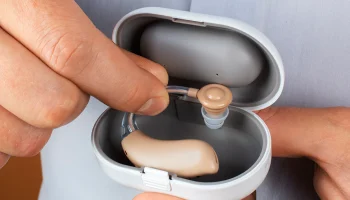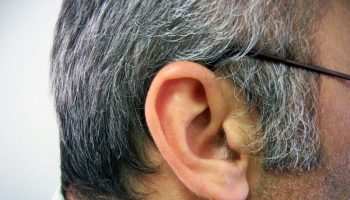Cracked teeth can be a common dental concern that affects individuals of all ages. They can cause discomfort, pain, and other complications if left untreated. You may consult a dentist in Kokomo, IN, to get the treatment.
Diagnosis of Cracked Teeth
Diagnosing a cracked tooth involves a combination of clinical examination, patient history, and often the use of dental imaging techniques. Here’s a breakdown of the diagnostic process:
- Clinical Examination: Dentists perform a visual inspection of the teeth, looking for visible cracks, fractures, or irregularities. They also evaluate symptoms reported by the patient, such as pain while biting or chewing, sensitivity to hot or cold, and intermittent discomfort.
- Dental Imaging: X-rays and more advanced imaging methods like CBCT can be used to detect cracks that may not be visible to the naked eye. These images provide a clearer view of the tooth’s internal structures, aiding in accurate diagnosis.
- Transillumination: A focused light source can be used to illuminate the tooth, making cracks more visible. This technique helps in identifying hidden or subtle cracks.
Types of Cracks and Treatment Options
Depending on the severity, location, and type of crack, different treatment options are available:
- Craze Lines: Superficial cracks on the enamel, often harmless and purely cosmetic. No treatment is usually required, but teeth whitening procedures can help improve their appearance.
- Fractured Cusp: When a part of the tooth’s chewing surface breaks off. Treatment typically involves dental bonding or a crown to restore the tooth’s shape and function.
- Cracked Tooth: A crack extends from the chewing surface towards the root. Treatment might involve a crown to hold the tooth together, preventing further propagation of the crack.
- Split Tooth: A severe type of crack where the tooth is split into segments. It might require endodontic (root canal) treatment, followed by crowns or bridges to restore its integrity.
- Vertical Root Fracture: A crack that begins in the root and extends upward. In many cases, extraction is the only viable option to prevent infection.
Treatment Procedures
- Dental Bonding: Used for minor cracks, dental bonding involves applying a tooth-colored resin to the crack and hardening it with a curing light. This restores the tooth’s appearance and prevents further damage.
- Crowns: It is a cap placed over the cracked tooth to protect and strengthen it. Crowns can prevent the crack from spreading and restore the tooth’s function.
- Root Canal Therapy: When cracks extend into the tooth’s pulp (inner chamber), a root canal may be necessary. The damaged pulp is removed, and the space is filled and sealed. This prevents infection and further damage.
- Extraction: In cases where the crack is too severe or if it extends below the gum line, extraction may be the only option to prevent infection from spreading to neighboring teeth.
Dentists use a combination of clinical assessment and advanced imaging techniques to accurately diagnose the type and severity of cracks. If you suspect you have a cracked tooth or experience any related symptoms, it’s essential to consult a dentist promptly to prevent further complications and maintain optimal oral health.





